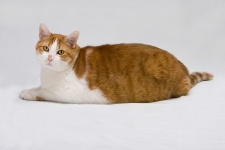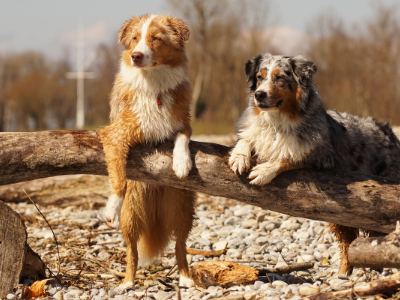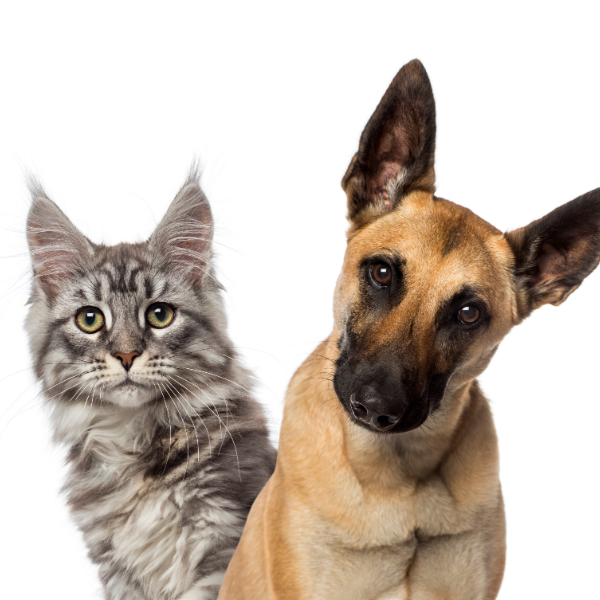So what is happening in your cat’s body is this; the food taken in by your cat is broken down into smaller molecules (fats, proteins, and carbohydrates) which your cat’s body will utilize as energy. One molecule of concern is glucose, a simple sugar, or monosaccharide. Glucose is kept within very specific parameters in the bloodstream. The body does this by releasing a pancreatic hormone called insulin.
Insulin is the hormone that regulates how glucose and fats are used and stored within the body. When it's not being produced or used correctly, things go wrong. Sugar can build up in the bloodstream and if there's too much, it will start being excreted by the kidneys via the urine. Often obesity is a precursor to feline diabetes. If your cat is overweight, save yourself and your cat some grief and sort it out NOW! Read our blog on obesity here.
Thankfully, with a species-appropriate diet, most diabetic cats can be managed without insulin. Some cases will even go into remission. One of the many issues with commercial diets is that they contain large amounts of carbohydrates. YES, even the “grain-free” ones do! Carbohydrates are broken down into glucose and if there's too much glucose in the body, insulin is released. If this happens every day of a cat's life, bodily functions can start breaking down. Insulin release becomes harder and harder as time progresses. Thankfully, with species-appropriate nutrition, this vicious cycle can be resolved.
If you don't want a diabetic cat, the best defense is taking preventative measures.
Prevention starts with diet along with enough exercise and mental enrichment. A happy, active properly-fed cat can pretty well take care of himself.
Stay tuned for Feline Diabetes Part 2 for tips to prevent feline diabetes and manage it too!



